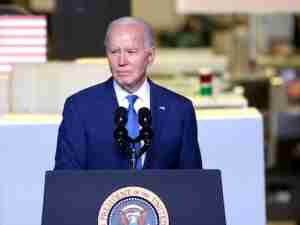Commodity prices soared the most since 2009 as Russia’s invasion of Ukraine threatens key supplies of energy, crops and metals that were already tight as major economies emerged from the pandemic.
The Bloomberg Commodity Spot Index, which tracks 23 futures contracts, climbed 4.1% on Tuesday. The gauge has more than doubled from a four-year low reached in March 2020, during the early days of the health crisis.
The sweeping sanctions on Russia from the U.S., Europe and Asia, as well as surging costs to send ships into the war zone, are bringing trade deals with the country to a virtual standstill. Russia is a major supplier of crude, natural gas, grains, fertilizers and metals such as aluminum.
The war is worsening a global cost-of-living crisis that has sent inflation rates in the U.S. to the highest since 1982 and has created a dilemma for central bankers worldwide as they weigh the need to increase borrowing costs against the risk of stunting economic growth.
Oil futures in New York jumped above $105 a barrel for the first time since 2014 on Tuesday as banks pull financing of deals with Russia, the world’s third-biggest oil producer and Saudi Arabia’s partner in the OPEC+ alliance.
Russia and Ukraine also supply more than a quarter of world wheat exports, a fifth of corn sales and a similar share of barley shipments, plus about 80% of sunflower oil cargoes.
Europe depends on Russia for about a quarter of its crude oil and a third of its natural gas. Russian aluminum typically accounts for about 10% of U.S. imports.








